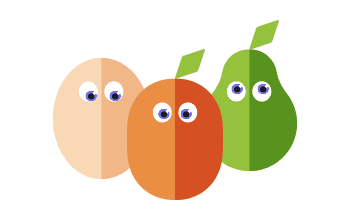Hi Coffecat,
"N=3 or even 5 is definitely not acceptable in "most experiments"
Whilst I fully agree that 25, 50 or 100 or more would be way better, there are many publications that feature stats analysis on the results with low 'n' values. For interest, I looked at 'n=3' and 'Fasting' on PubMed and get more than 400.
BW.
"N=3 or even 5 is definitely not acceptable in "most experiments"
Whilst I fully agree that 25, 50 or 100 or more would be way better, there are many publications that feature stats analysis on the results with low 'n' values. For interest, I looked at 'n=3' and 'Fasting' on PubMed and get more than 400.
BW.





